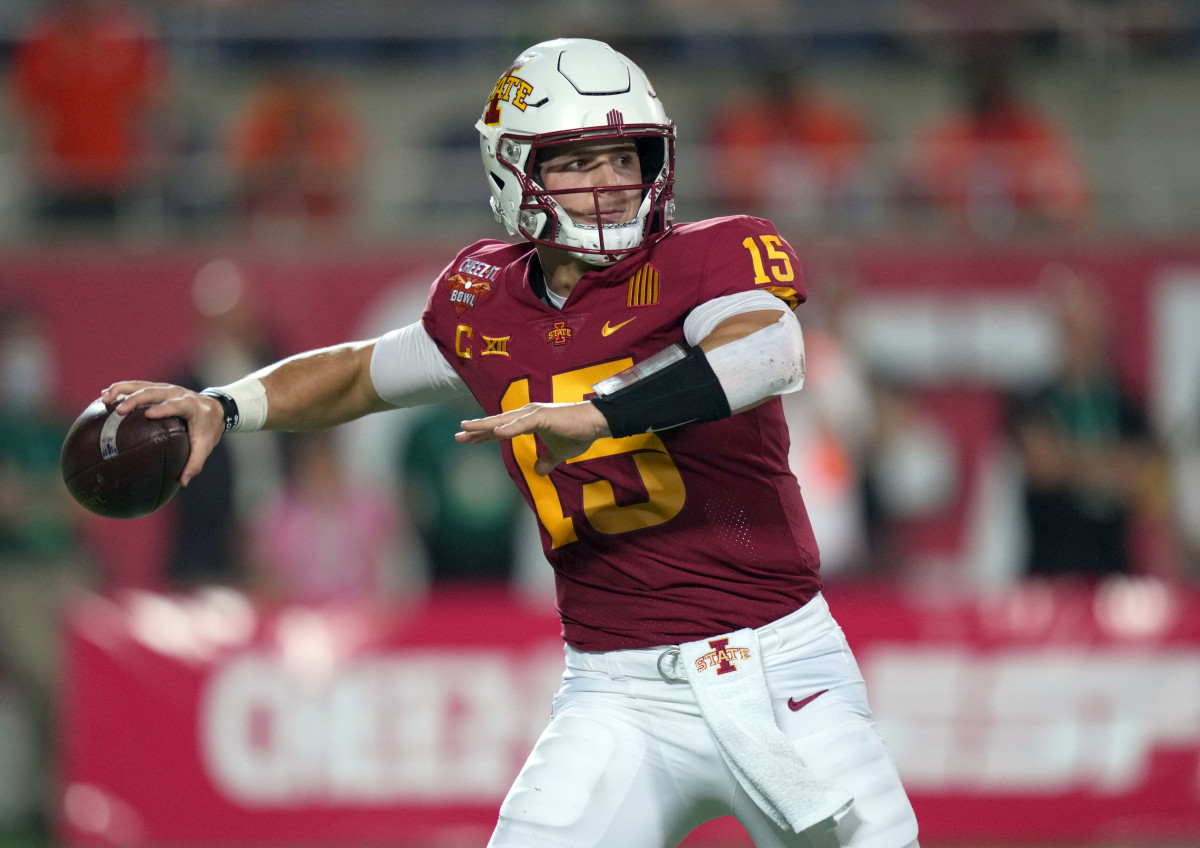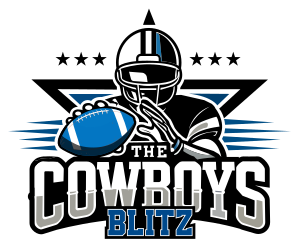Plankton
Well-Known Member
- Messages
- 12,473
- Reaction score
- 19,231
Interesting look at how Brock Purdy changed up a bunch of training methods in the draft process.
https://www.si.com/nfl/2022/12/09/h...from-undraftable-to-49ers-starter-daily-cover
The process of giving Brock Purdy a better fastball started with the quarterback encircled by 3-D motion capture cameras, which track and lay out every aspect of his throwing motion. Here is what the cameras found:
• He created too much elbow extension and elbow flexion as he brought his arm up.
• He needed to settle into a better pre-pass stance, which involved dropping his hips and engaging his glute muscles.
• He was not drawing nearly enough from his hip muscles on the throw.
• His backstroke was elongated.
• His front arm had too much movement and was not connected to the throw.
Once they identified the inefficiencies in his motion, Hewlett and a partner, physical therapist and clinical specialist Dr. Tom Gormely, embarked on a complementary weight and throwing program designed to safely expedite an eight-week improvement over the course of four or five weekly sessions.

In the weight room, Purdy would start with a heavy, explosive movement designed to make his body feel the changes that Gormely and Hewlett wanted him to make, or what they called “base” movements. An example: a landmine pull to press, which involves a person standing next to a bench press bar with weight on it, gripping the outer portion of the bar, lifting it up with one hand and pushing through the bar with the other hand as the lower body rotates through, almost as if the person is throwing a shotput.
“I have to fix the constraints that are limiting him from producing high levels of force early on,” Gormely says. “I can’t just tell him to rotate really fast if he can’t rotate yet. We’re starting to teach him with heavier, plyometric drills the arm pattern and path and sequence that we want to produce quickly later.”
In those beginning days, Purdy was working on small, technical aspects of the throw that do not involve uncorking a new motion (like the rhythm of his feet in a drop back). But as the weight of his gym work began to drop and incorporate lighter and faster movements, the speed and the volume of the on-field throwing began to increase.
https://www.si.com/nfl/2022/12/09/h...from-undraftable-to-49ers-starter-daily-cover
The process of giving Brock Purdy a better fastball started with the quarterback encircled by 3-D motion capture cameras, which track and lay out every aspect of his throwing motion. Here is what the cameras found:
• He created too much elbow extension and elbow flexion as he brought his arm up.
• He needed to settle into a better pre-pass stance, which involved dropping his hips and engaging his glute muscles.
• He was not drawing nearly enough from his hip muscles on the throw.
• His backstroke was elongated.
• His front arm had too much movement and was not connected to the throw.
Once they identified the inefficiencies in his motion, Hewlett and a partner, physical therapist and clinical specialist Dr. Tom Gormely, embarked on a complementary weight and throwing program designed to safely expedite an eight-week improvement over the course of four or five weekly sessions.

In the weight room, Purdy would start with a heavy, explosive movement designed to make his body feel the changes that Gormely and Hewlett wanted him to make, or what they called “base” movements. An example: a landmine pull to press, which involves a person standing next to a bench press bar with weight on it, gripping the outer portion of the bar, lifting it up with one hand and pushing through the bar with the other hand as the lower body rotates through, almost as if the person is throwing a shotput.
“I have to fix the constraints that are limiting him from producing high levels of force early on,” Gormely says. “I can’t just tell him to rotate really fast if he can’t rotate yet. We’re starting to teach him with heavier, plyometric drills the arm pattern and path and sequence that we want to produce quickly later.”
In those beginning days, Purdy was working on small, technical aspects of the throw that do not involve uncorking a new motion (like the rhythm of his feet in a drop back). But as the weight of his gym work began to drop and incorporate lighter and faster movements, the speed and the volume of the on-field throwing began to increase.

